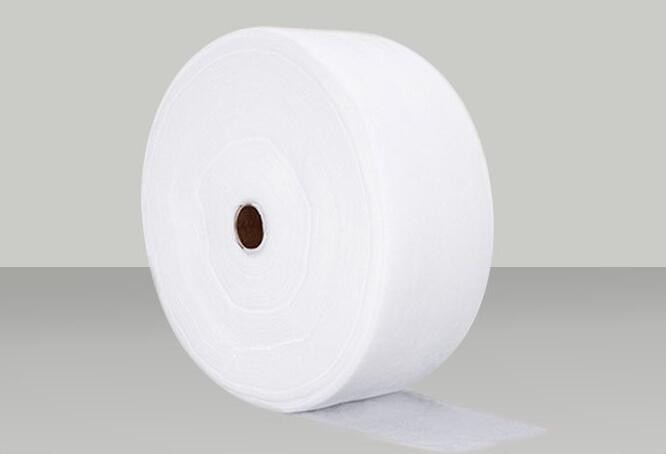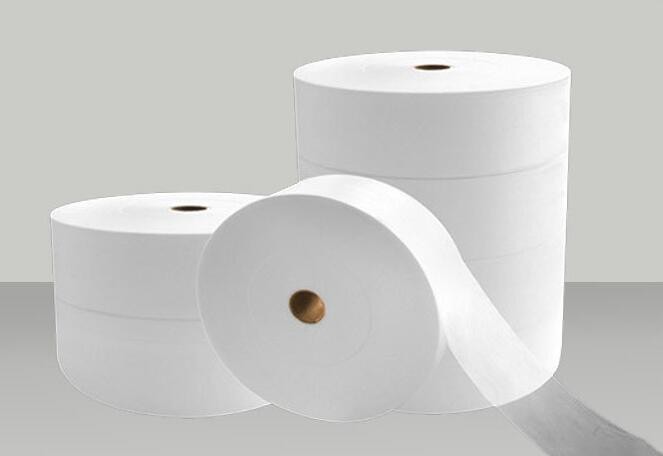With the outbreak of the COVID-19, masks have become an indispensable part of everyone's daily life. However, in this special period of extreme imbalance between supply and demand, various masks are in short supply. The truth behind this is that meltblown non woven fabric, an important raw material for the production of medical masks, is in insufficient supply. This paper analyzes the main problems existing in the development of meltblown non woven industry.
Meltblown non woven fabric mainly uses polymer resin as raw material. It is a kind of fiber with diameter of 1~5 made by melt blowing process μ M fabric, its production process management is more complex, and the equipment manufacturer has a low degree of mastery of many key technologies and production process control that affect product quality, material internal structure and application environment, resulting in the production company needs to invest more process technology and R & D strength. Melt blown process is a series of combined processes. A single equipment and process parameters can not meet the production requirements of all different products. Multinational companies have long occupied the high-end and dominant position of the world's vertical division of labor because of their leading technology and supply chain integration advantages, resulting in domestic related companies entering the high-tech content, and high value-added markets must have strong technical support.
On the one hand, meltblown non woven fabric, as a substitute for traditional textiles or consumer upgrading products, has a broad market prospect. However, when producing many different products or meeting the requirements of different application fields, special production equipment must be introduced. However, the research and development of technology and the capital investment of equipment have led to a significant increase in costs, and ordinary enterprises cannot bear this risk. On the other hand, the cooperative development of domestic industrial chain is still insufficient, and the special fiber raw materials, equipment products and application fields have not been effectively connected. Enterprises in the industry must improve their competitiveness by introducing and absorbing foreign advanced technology and equipment, which objectively increases the company's asset fortress.

Melt blown cloth and its downstream application market are greatly affected by external policies and special events. During the epidemic, the demand for melt blown cloth increased significantly, and the price per ton increased from 20000 yuan to more than 200000 yuan. In the face of huge vacancies, melt blown cloth is still in short supply. It is expected that after the epidemic, the production capacity of domestic meltblown non woven fabric will increase to 100000 tons. In general, melt blown cloth products are not valued by the market due to their high homogeneity, and the market demand remains at a low level. Most of the equipment introduced by the company in the early stage is idle, and most of the production lines can only produce PP melt blown cloth, so the operation pressure is relatively high.
At the initial stage of the development of meltblown non woven fabric industry in China, it mainly uses labor to develop in an extensive way. The products are mainly located in the middle and low-end fields, and the middle and high-end fields have high requirements for comprehensive technology development, product design and cross domain cooperation of technical teams, which requires the reserve and support of a large number of interdisciplinary professionals in materials science, spinning science, mechanical structure and so on. Taking coating composite technology as an example, a qualified technical service engineer must undergo strict training and years of professional technology accumulation before he can have the quality of accurately mastering technical difficulties. This situation has formed a gap of professional talents to a certain extent.

China started early in the field of meltblown non woven fabric, and has achieved industrial development in the early 21st century. Understanding the main problems existing in the current meltblown non woven industry development is conducive to its better development.
Comment(0)
You can comment after
SIGN IN